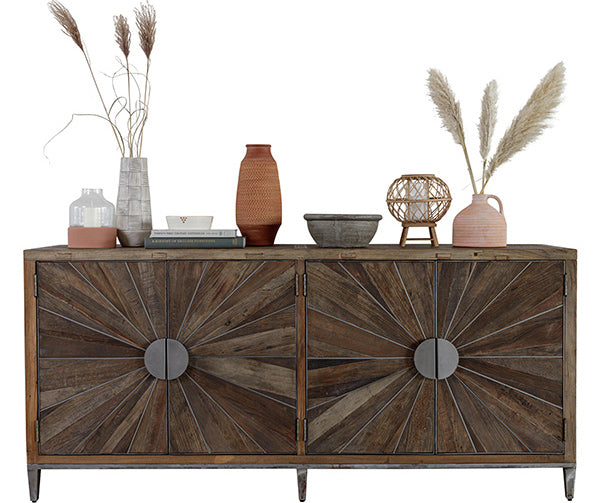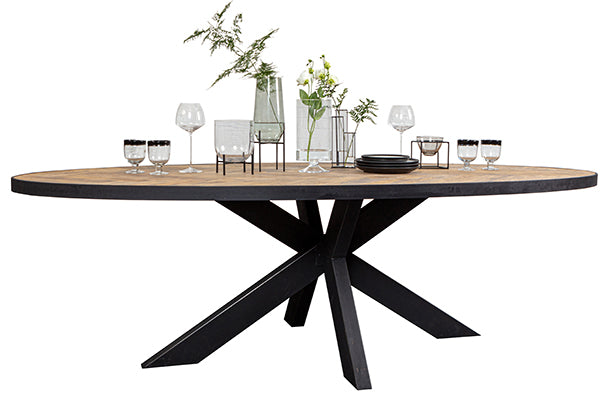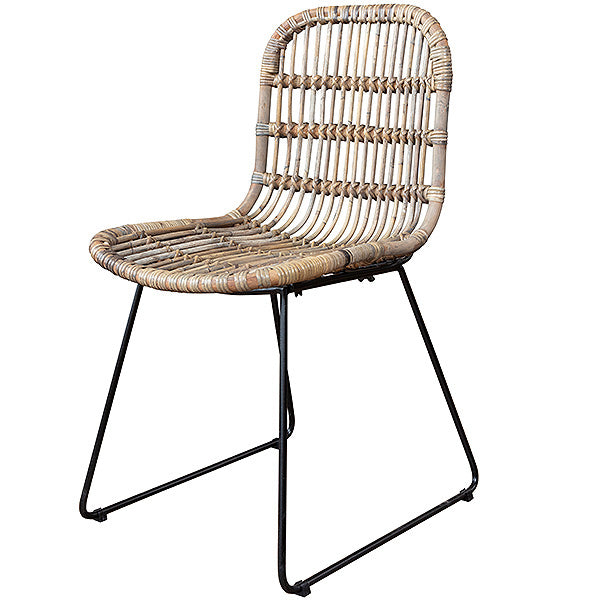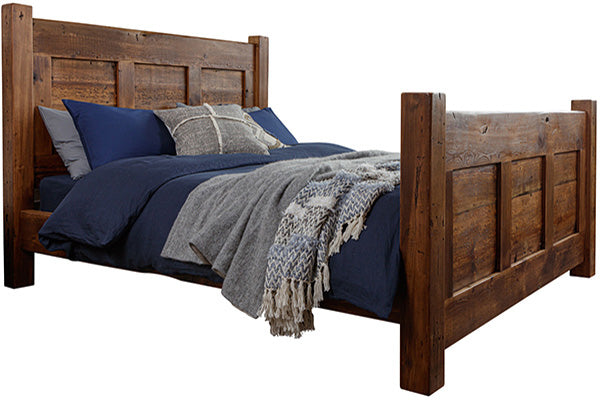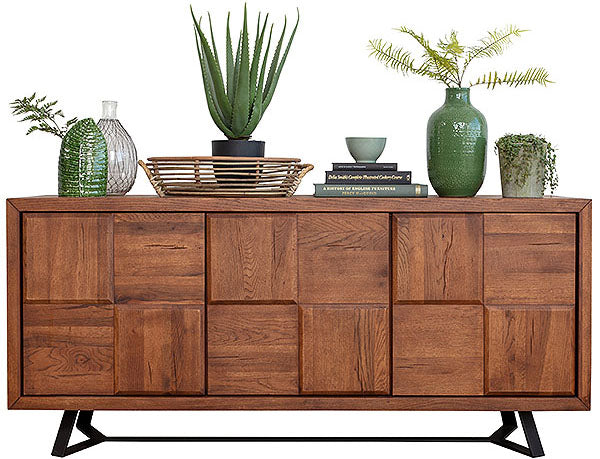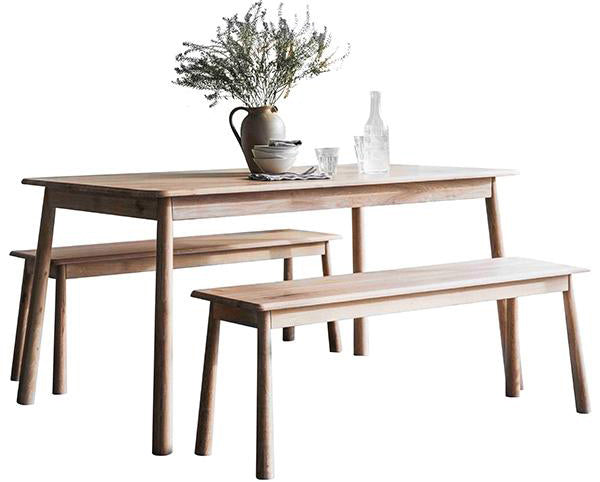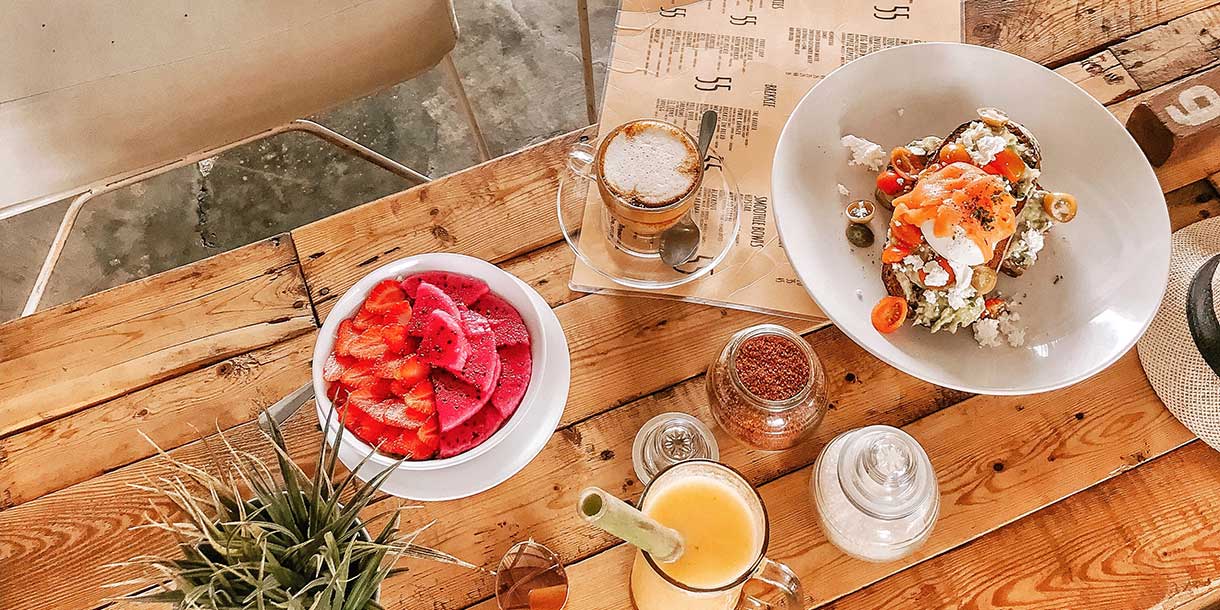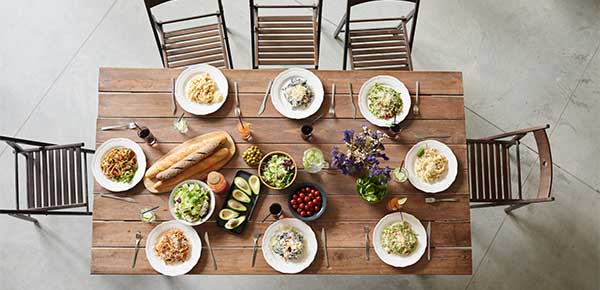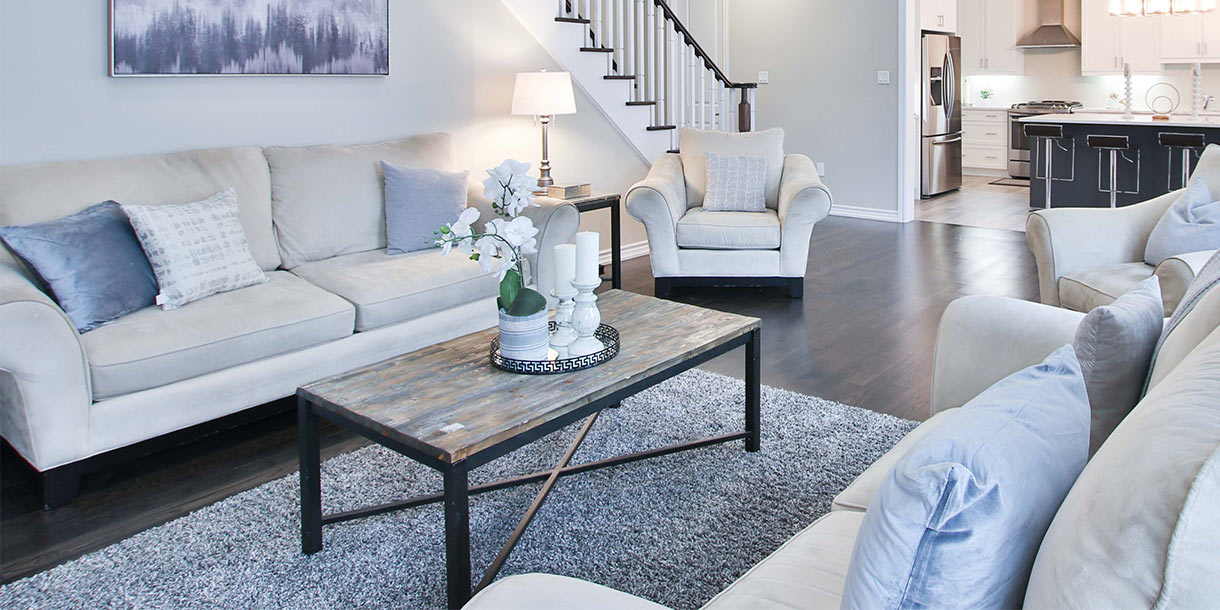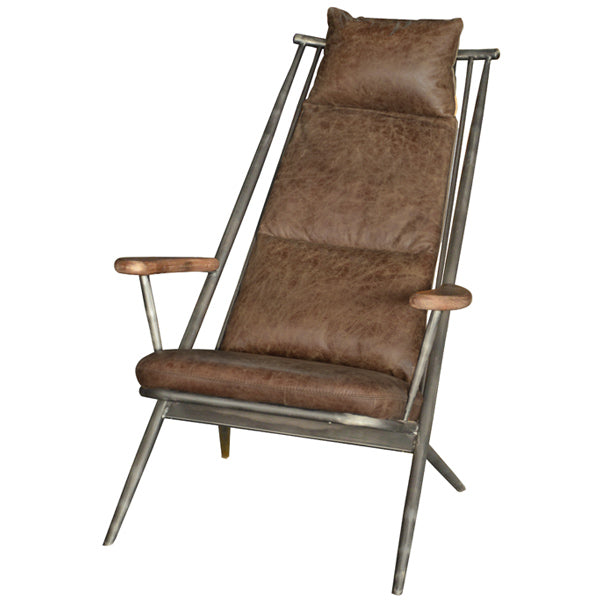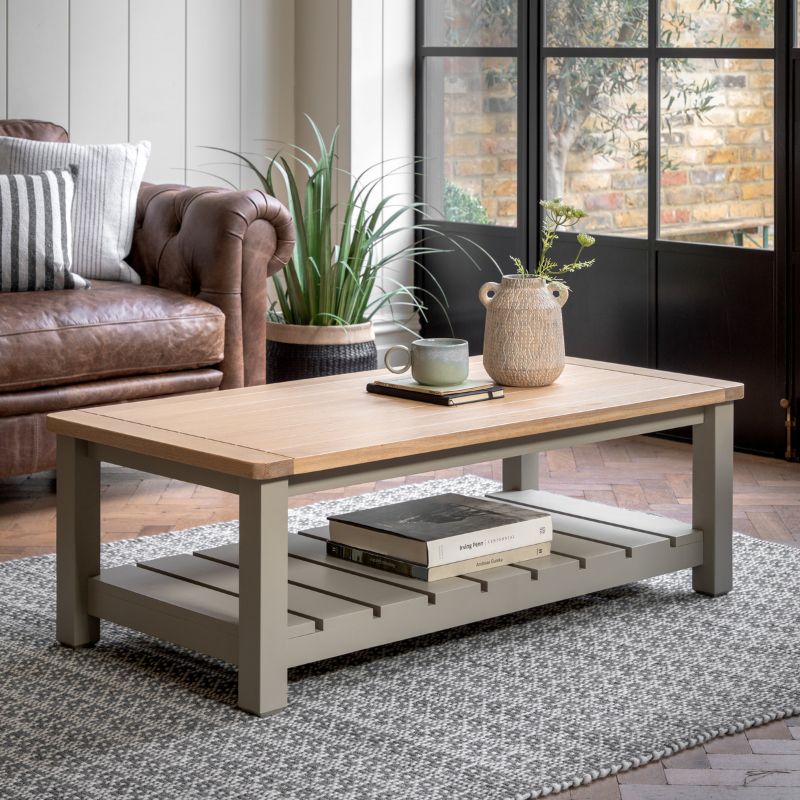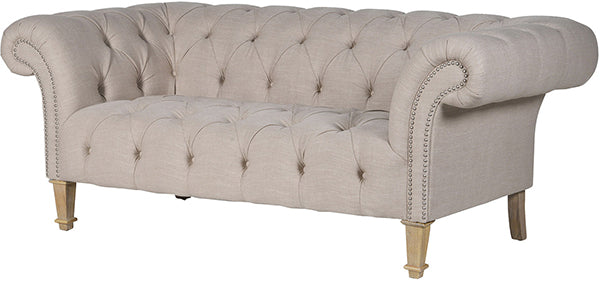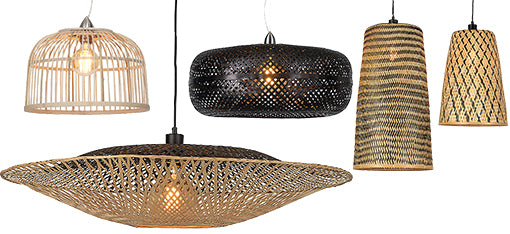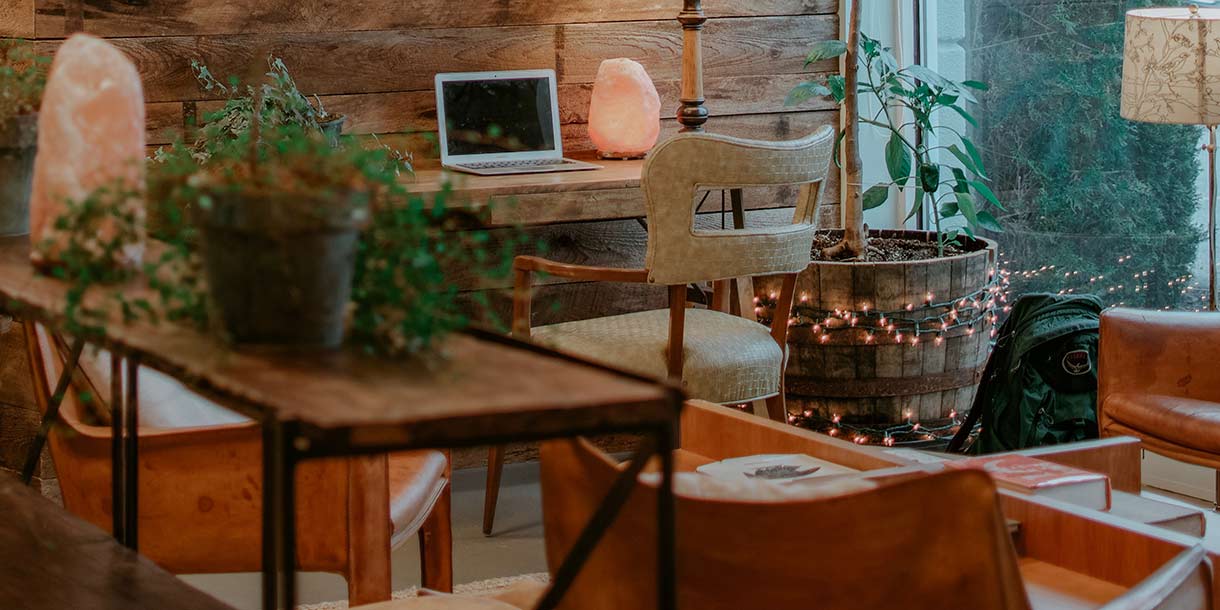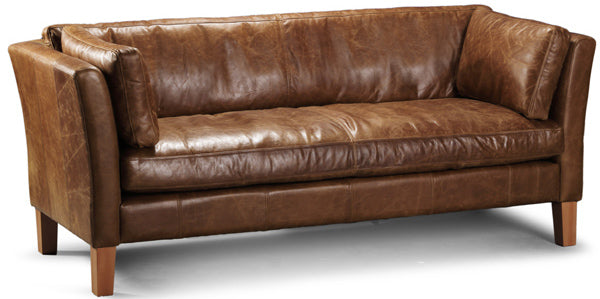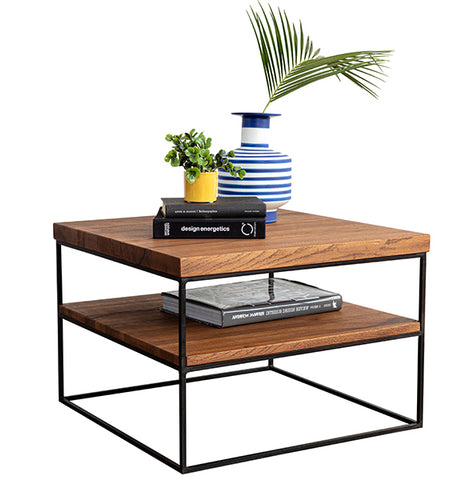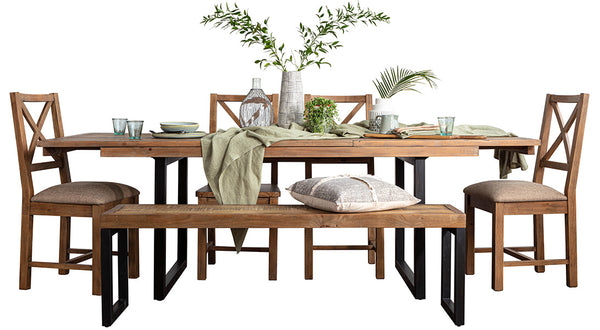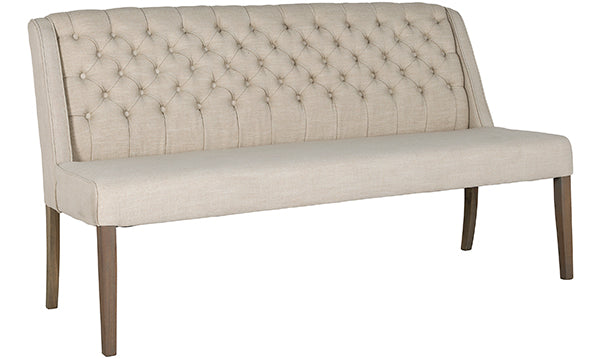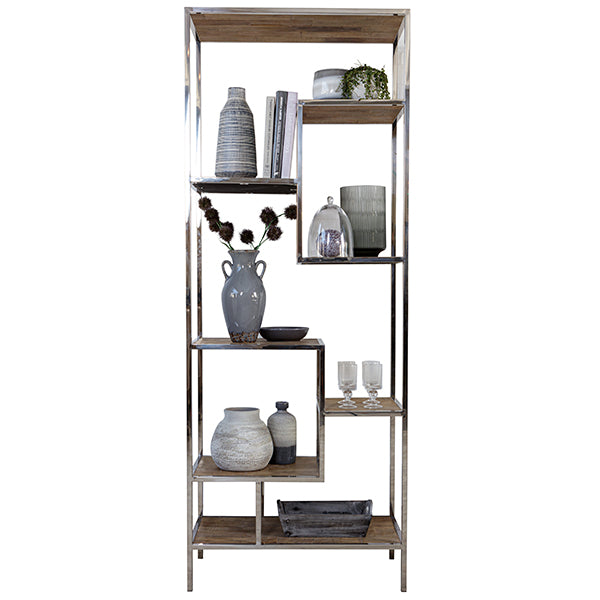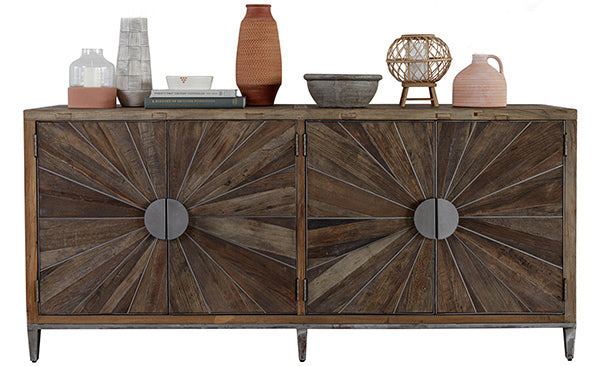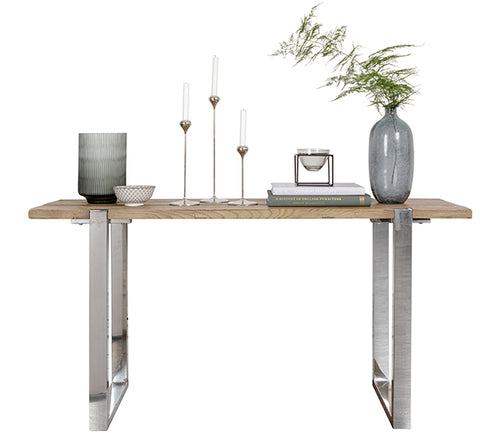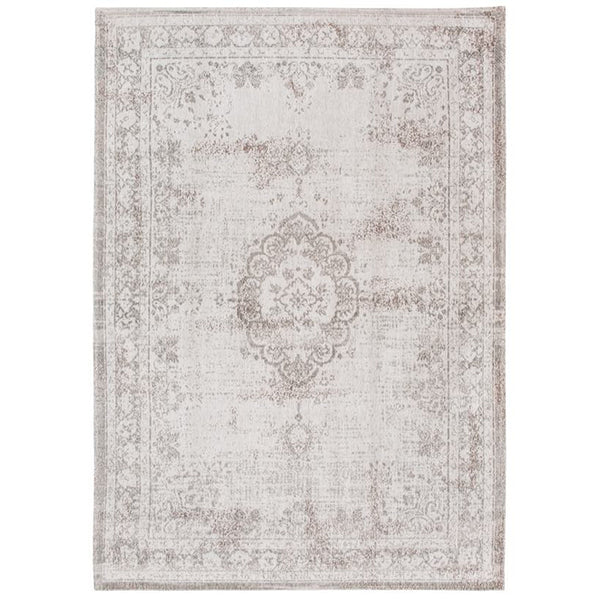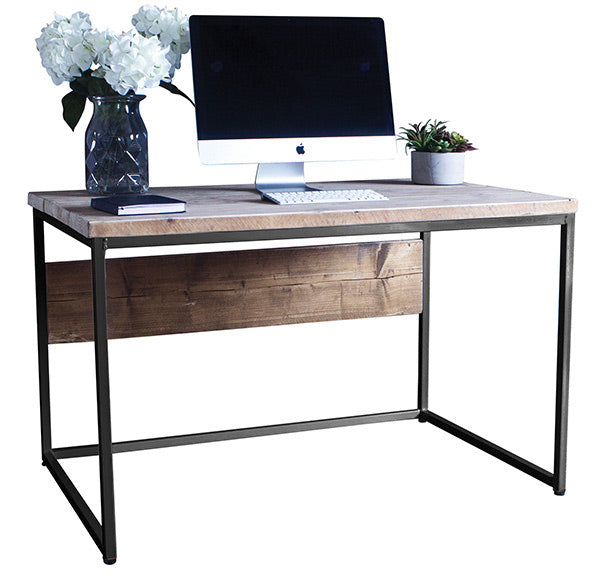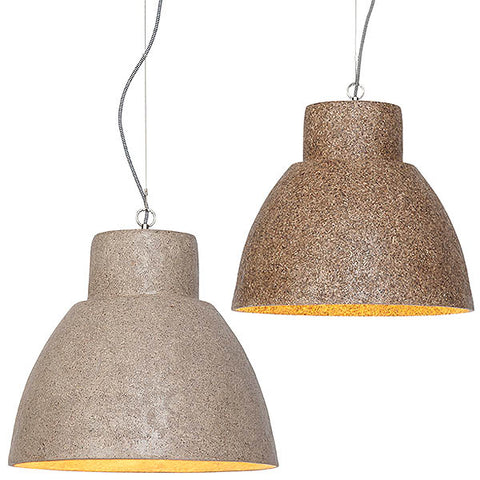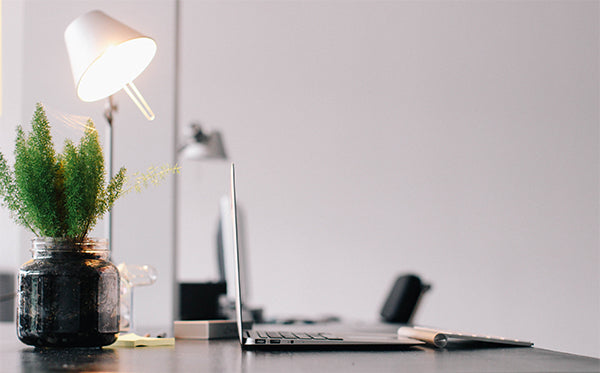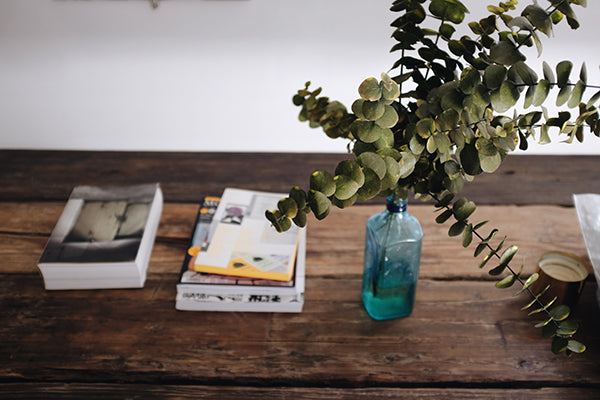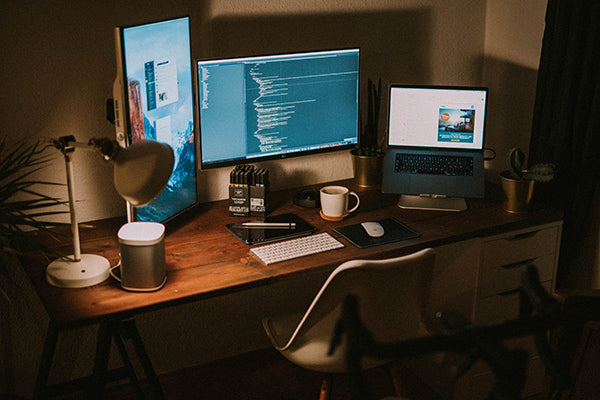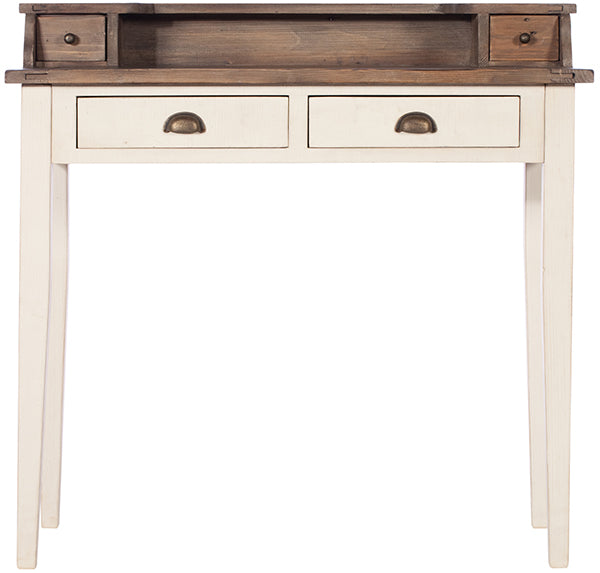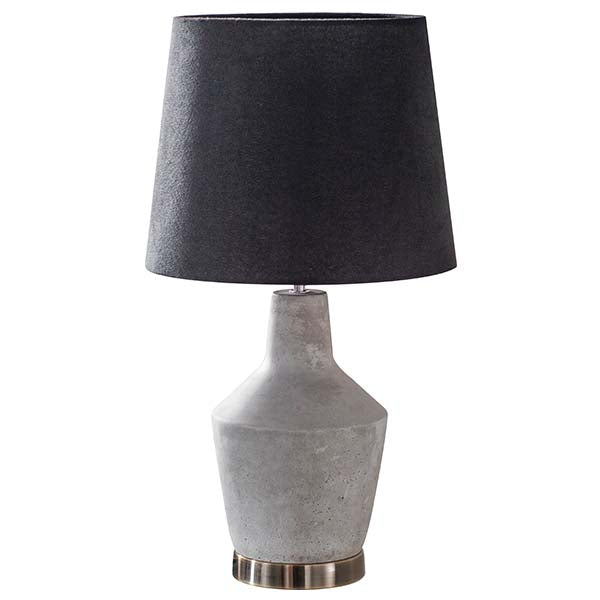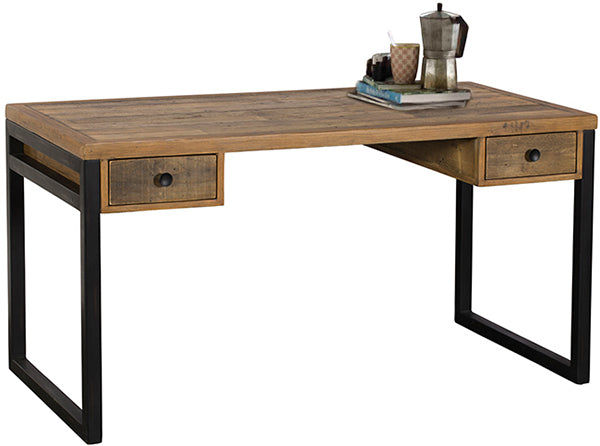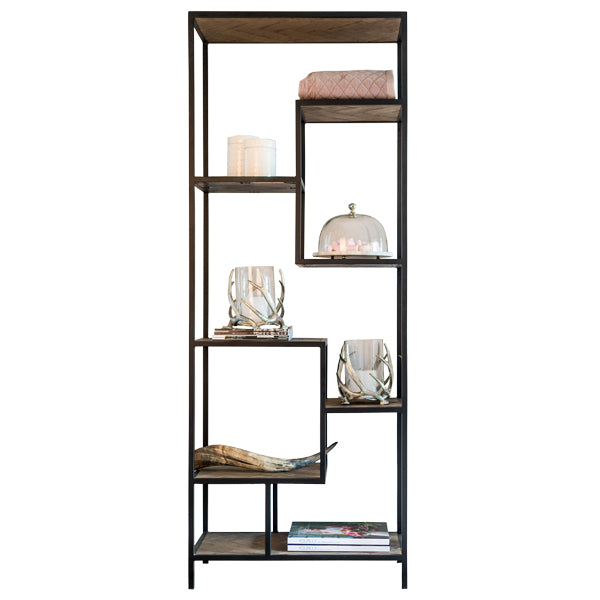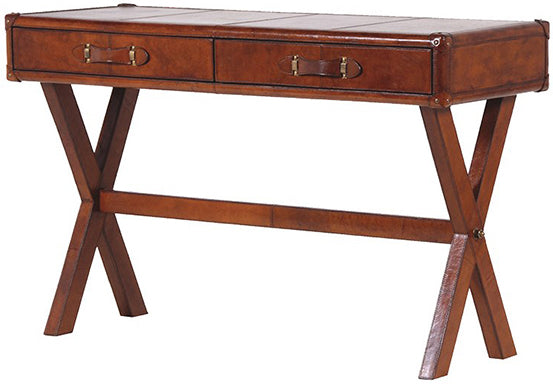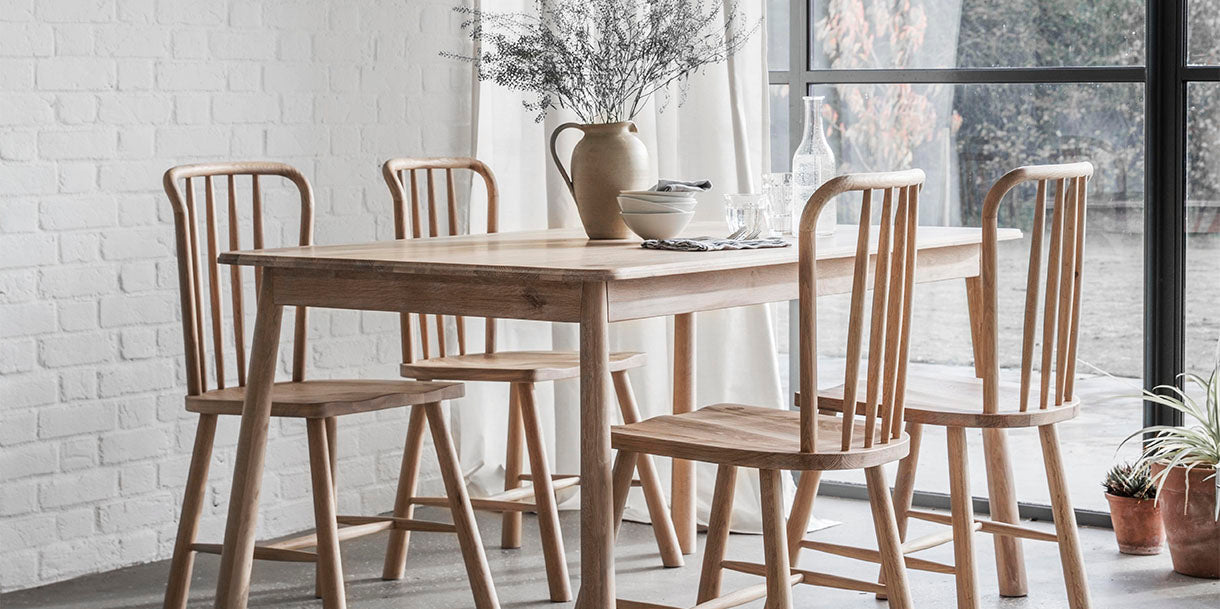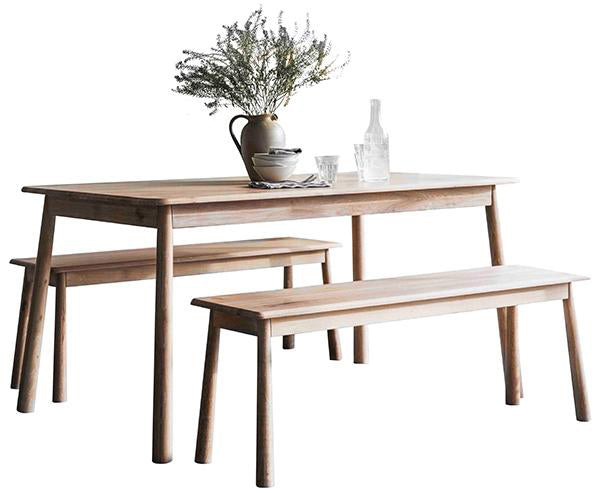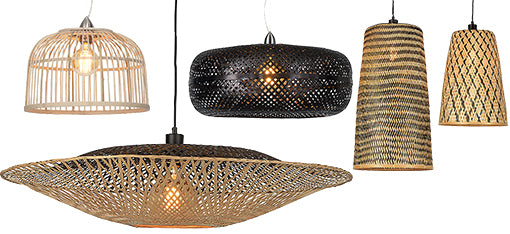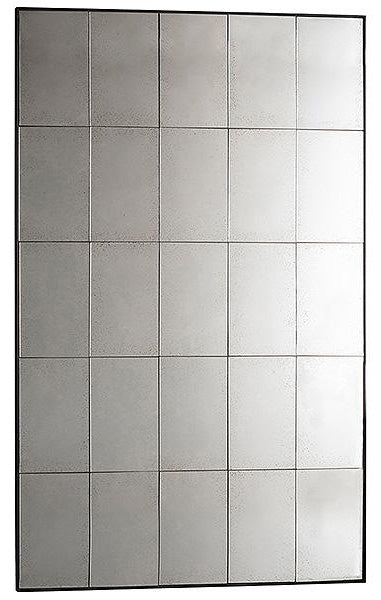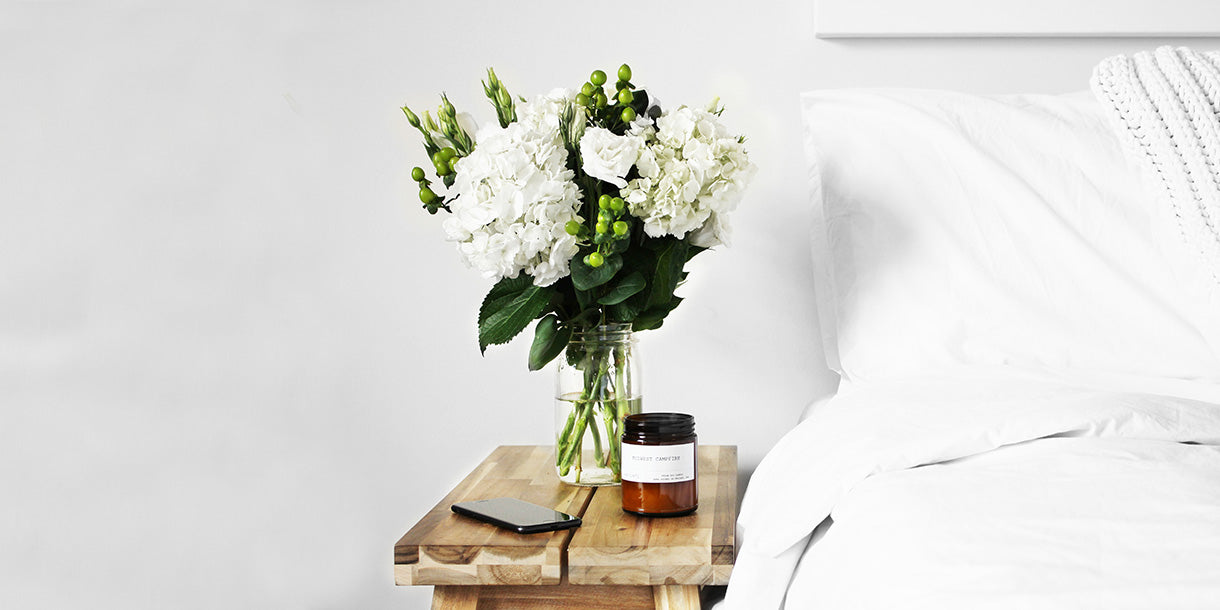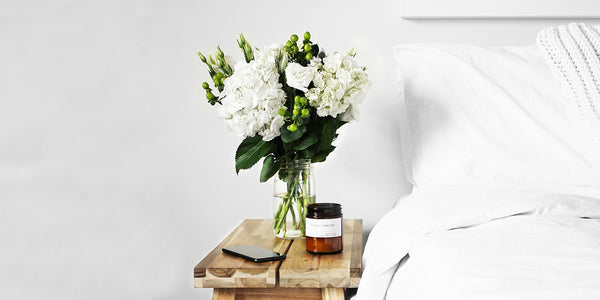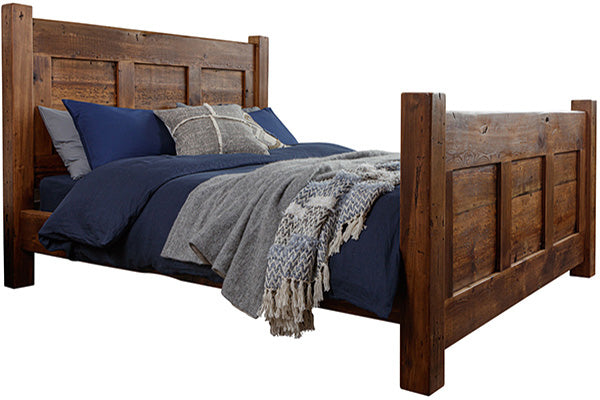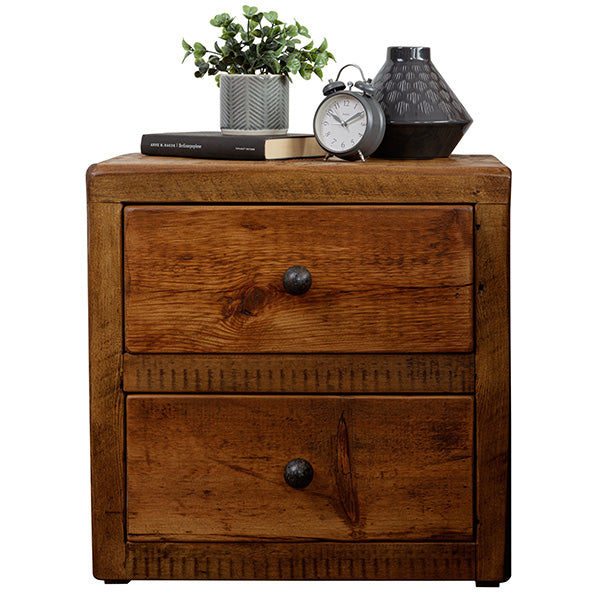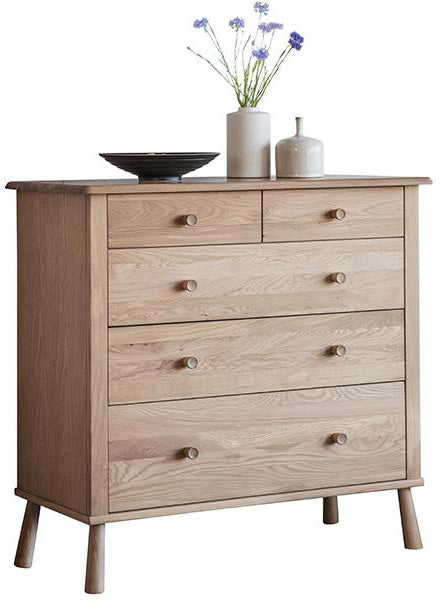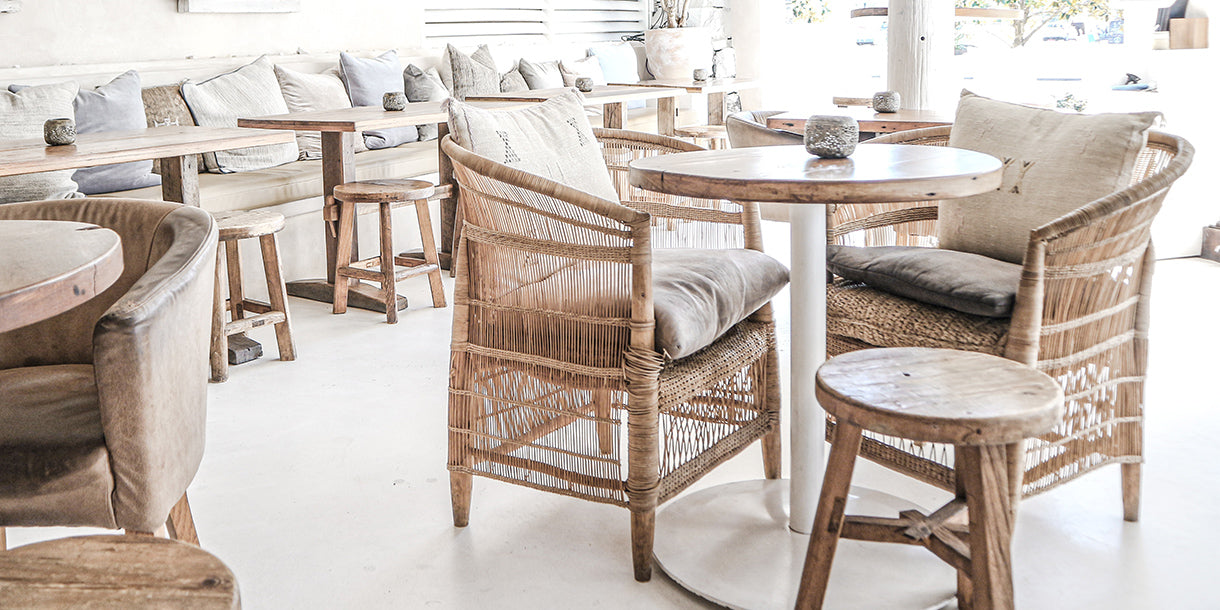
Wooden furniture has been around for so long, that we could all fail at times to recognise its real beauty. Wood is a versatile material and can be made into so many different shapes and styles of furniture that there is a different texture, finish and style for every room in the home and any design style. Let’s take a look at what is trending in the world of wood right now…
Geometric heaven
Top of our list is the texture and pattern that can be created with wood, including timbers used in reclaimed wood furniture. The geometric shapes included in the reclaimed elm large sideboard from the Glasgow Collection, for example, showcases the true versatility of wood but also the warmth and detailing it brings to a room. What stories could this piece of reclaimed wood furniture tell?
The elegance of parquet
Who would have thought that rectangular wooden tiles laid in a fishbone pattern could be so elegant and, in the 21st century, coveted by so many? Oozing sophistication, the parquet design can be used to good effect on tabletops such as an oval dining table and a reclaimed oak coffee table.
The beauty of rattan
Rattan, like wood, is a natural material, taken from fast-growing vines in countries with tropical climates. Once cut and dried, the strips are incredibly strong, more so when woven together. Some people consider rattan a ‘wood’ or a timber because it has the strength and versatility of wood. As well as rattan dining chairs, it can also be used in light shades too, perfect for a pendant light over a reclaimed wood dining table.
Texture and warmth
A smooth surface is delightful and the less polished texture of the rustic styles are equally as appealing and popular. But when you want to ‘lift’ a piece of furniture so that it stands out from the rest of the room, texture is the means by which you can do it. The panels created by wood and exquisite craftsmanship on the head and footboard of a reclaimed wood bed, for example, are perfection as too, is the texture of such as a reclaimed wood sideboard. As well as the grain, there is the dimples and scarring of its previous life to add to the overall appeal.
A 3D effect
Building on the idea of panels and textures is when the wood itself is worked so that it has a raised, three-dimensional effect. The beauty of this is shown to its maximum in the large oak industrial sideboard from the Mitcham Collection. Ever popular, it is the panelled details that make this piece a really ‘stand out’ piece of furniture for the dining room, the living room or even the hallway.
Curved edges
Corners and angles don’t have to be sharp. In fact, a curved edge is so much friendlier and brings more than a hint of refinement to any wooden piece. From the oak dining table to the oak carver dining chairs to a hallway bench, these pieces are perfect for any home but, if you enjoy the simplicity and warmth of the Scandinavian or Nordic style, these are a must.
And, on top of all this, you have different timbers giving different colours, from dramatic dark furniture to light oak and elm. Our world would be so much less vibrant without wood, wouldn’t you agree?
